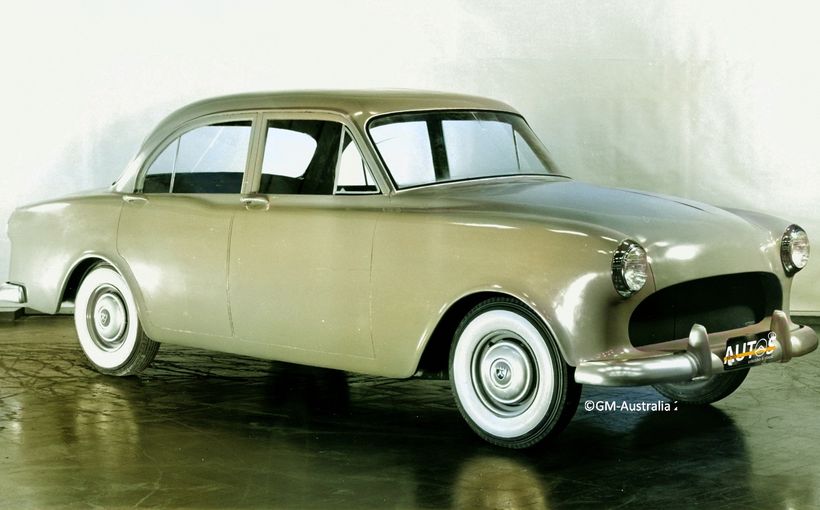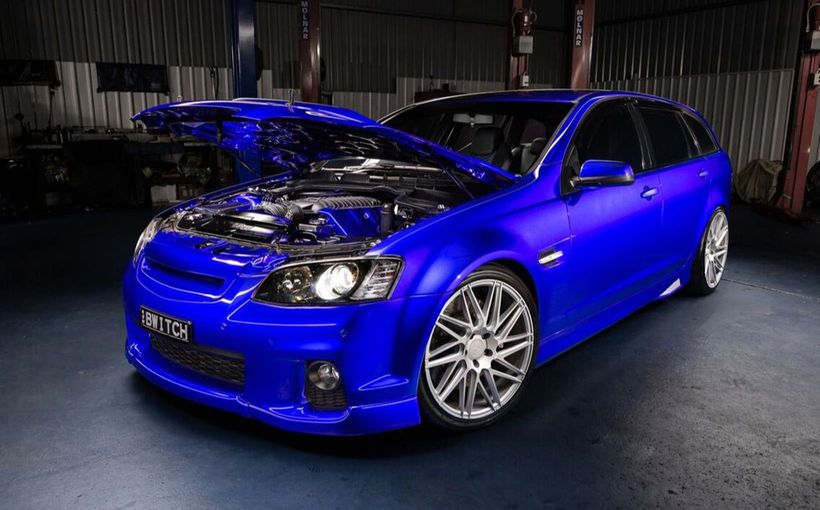
It is 1982, a Citroën 2CV Charleston cruises down Oxford Street, Paddington – chic, retro, utterly in vogue. I have trouble believing that beneath its pretty red and black paint job, this little round car is so closely related to the utilitarian device my father almost bought brand new in 1956.
In much the same way as the Volkswagen Beetle was always intended to be cheap, unpretentious and efficient transport, so was the Citroën 2CV. But the French car was far more basic and certainly wasn’t conceived with autobahn cruising on its agenda. Its origins date back to 1936, when Michelin owned Citroën and the Traction Avant was already in high demand having been launched two years previously.
That same year Andre Citroën was sacked by the French Government and replaced by Pierre Michelin, who conceived a tiny car (Toute Petite Voiture, TPV) to suit farmers, an ultra-light four-seater with a motorcycle-type engine driving the front wheels and a removable canvas roof. In 1938 Pierre Boulanger became the managing director and took over the program, by which time many prototypes had undergone testing.









